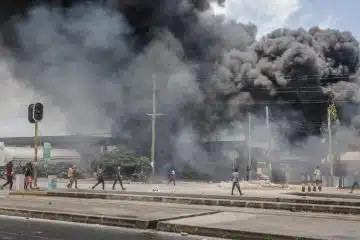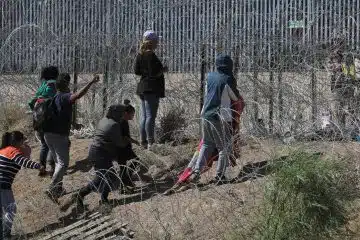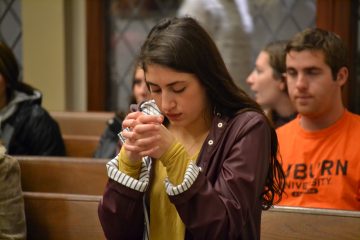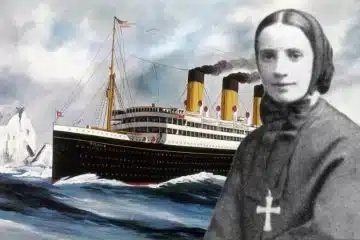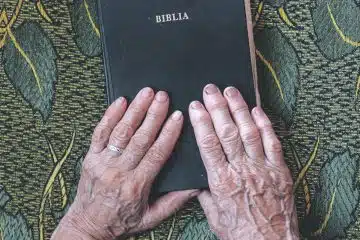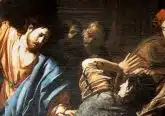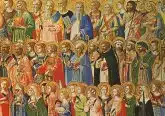Faith as a lived experience
October 5, 2012
By Fr. Earl Fernandes
Ten years ago, Theology on Tap began in Cincinnati. Among the first speakers was then-Archbishop Daniel E. Pilarczyk, who was to speak about the 40th anniversary of Vatican II. Before the talk, I asked the archbishop, “Do you realize that I was born 10 years after the council began?” He paused, saying, “Well, that’s right. I never thought of that. To your generation, Vatican II is history.”
As the Year of Faith opens, 50 years removed from the council, Vatican II is seen by many as an historical event rather than a lived experience. This could explain the tensions in the church, which revolve around the interpretation of Vatican II. Addressing the Roman Curia in December 2005, Pope Benedict XVI spoke of two ways of interpreting the council: the hermeneutic of continuity (reform) or the hermeneutic of discontinuity (rupture).
The latter views Vatican II as a watershed moment. It suggests a radical break or rupture from the church before the council and the mentality of the past toward a “spirit-driven” future. This means interpreting the council, not just according to its texts, but to go beyond the texts to the “spirit of the Council.” The difficulty with this approach as the pope pointed out is that there is no measure for what is of the spirit and what is not. Many things following the council were done in an arbitrary way, following the whims of various factions. This approach is problematic, giving the impression that there are really two churches: one before the council and one after the council, even though Christ founded one church, which moves through history.
In contrast, the pope proposes the hermeneutic of continuity or authentic reform. It is true that Vatican II offered an aggiornamento, a necessary updating, to address the pastoral concerns of the modern world. It also called for a “resourcement” or return to the sources — the Scriptures, tradition and fathers. All are necessary for a right interpretation of the council. This perspective reads the documents of Vatican II in light of the faith and tradition that preceded the council. One speaks of an “organic growth” of faith and its expressions. When John XXIII called the council, he did not do so to define some new doctrine or fight some heresy; rather, he called a pastoral council “to transmit the doctrine, pure and integral, without any attenuation or distortion.” He continued, “Our duty is not only to guard this precious treasure, as if we were concerned only with antiquity, but to dedicate ourselves with an earnest will and without fear to that work which our era demands of us.” Pope Benedict XVI is convinced that the right interpretation of the council will lead to the much-desired renewal of faith in our era.
What do these diverging interpretations look like concretely? As a medical student, I tried to go to Mass every day. Once I went to Mass, but the priest said a “fast Mass,” and I hadn’t kept the Communion fast. After Mass, I asked to receive Communion. The priest agreed, but chastised me for keeping the hour fast and for receiving Communion on the tongue. I simply said, “Well, that’s just what my parents taught me,” but he kept talking, saying that I shouldn’t follow any of those rules anymore; that I need not be so pious; that Mass wasn’t a sacrifice; and that Isaac Jogues and the Jesuit martyrs were the “butchers of Indians.” He said many other things that contradicted what I had been taught. As a 22 year-old, I didn’t need or want the aggravation. I wanted to go to Mass to deepen my faith in Christ just to make it through the day. I thought, “Well, this can’t be the same faith that was handed on to me or the same church as the one in which I was raised.” My faith was shaken.
I remembered the words of an Irish priest: “If an Irishman doesn’t like the bartender, does he give up drinking? No. He goes to the next pub up the road.” Stereotypes aside, I went to the next “pub,” which happened to be Sacred Heart Italian Church in Cincinnati. The pastor there came to America around 1945 and was a priest for 50 years. I thought, “He will never understand me and I will never understand him.” But he did.
Although he endured many changes in the church, he ministered to the young and old alike. They had a community-building spaghetti and ravioli dinner celebrating their heritage. Both the new Mass and the old Latin Mass were offered at the same parish. I saw before my eyes generations of faith and heard the chants and songs that delighted me as a child. My faith was renewed. I experienced the hermeneutic of continuity, and this priest’s faithfulness amid change inspired me to be a priest. Despite the many changes and tensions, he helped me to rediscover and fall in love again with the faith given to me by my parents in continuity with that same faith brought to India by Francis Xavier himself.
Father Fernandes is an assistant professor of moral theology and dean of the Athenaeum of Ohio/Mount St. Mary’s Seminary.


